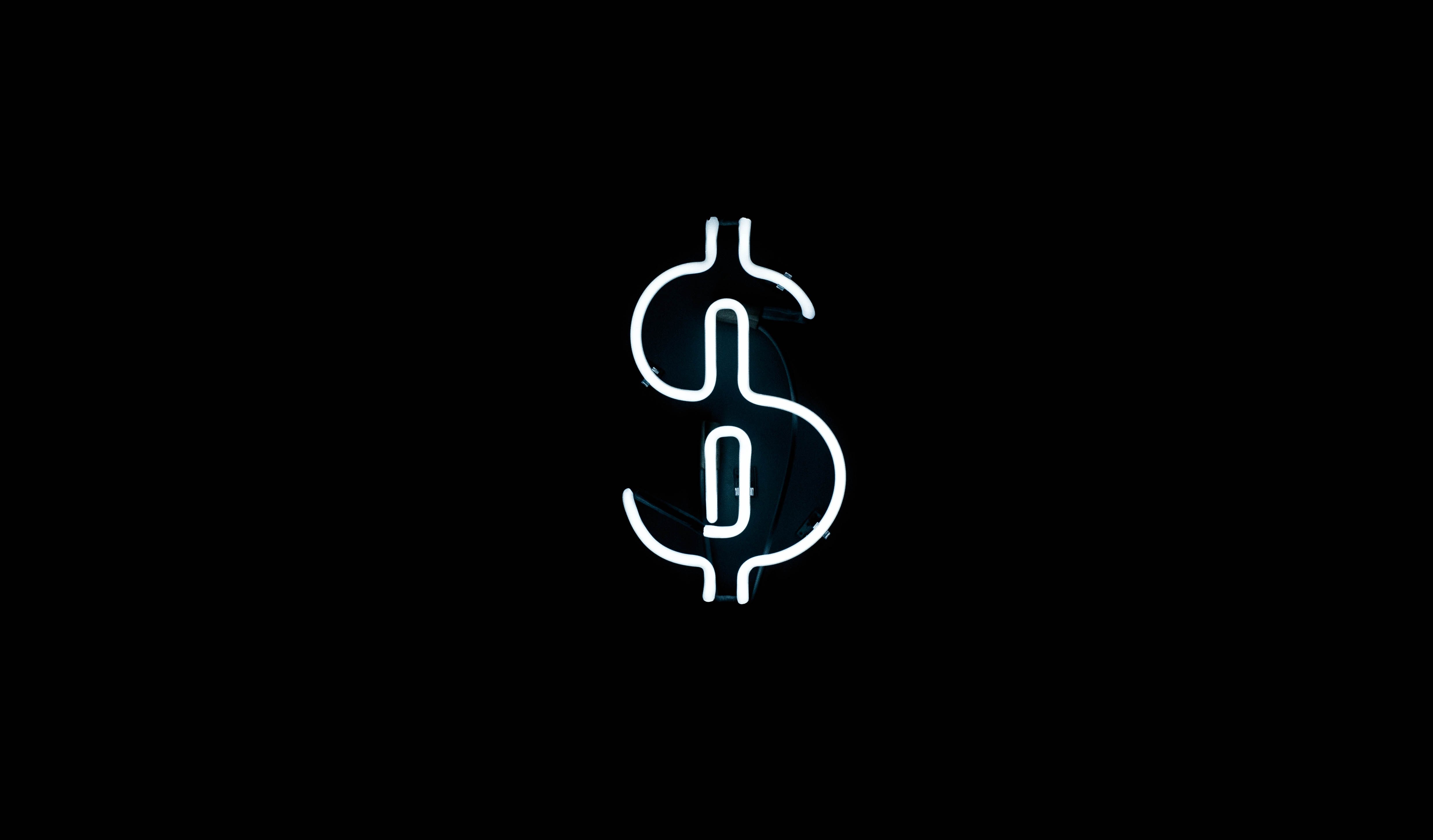Borrowers have had a tough year: Interest rates, and the resulting cost of taking out a mortgage, have gone up this year as the Bank of Canada -– the nation’s central bank which sets the cost of borrowing — toughened up lending criteria.
And, thus far, there isn’t any relief promised in 2019 as the Bank could be in the position to raise rates at least five more times before it’s through.
While this has made it materially harder for home buyers to qualify for a mortgage and break into the market, higher interest rates are also squeezing bottom lines for landlords, whether they own multiple-unit rental purpose buildings, or are renting out a portion of their private residence or condo.
Here’s what landlords should be aware of as the new year ushers in a rising interest rate environment.
What Does the Bank of Canada Do?
First, let’s take a look at the purpose of the nation’s central bank: The Bank of Canada is tasked with keeping the nation’s economy stable, and that includes stimulating spending and borrowing during a recession, and reining in credit use when inflation runs hot.
It has a number of tools at its disposal to do this, one of the most important is pricing its Overnight Lending Rate. This rate is used by Canada’s consumer lenders (think the Big Six Banks) as a benchmark for their Prime rate pricing, which is then used to set variable mortgage and line of credit rates.
So, when the Bank of Canada hikes or cuts its rate, the price of Prime, and these consumer borrowing products follow suit. The Bank tends to cut its rate when there are severe risks facing the economy. For example, it slashed rates twice in 2015 in response to plummeting oil prices. When the economy is doing well, the Bank hikes its rate to keep inflation growth in line. The Bank makes eight announcements each year to reveal whether its rate will be hiked, cut, or remain the same.
The Bank has kept rates historically low in the years following the 2008 recession, but started hiking again as trade, consumer spending, and energy prices all improved. The current rate of 1.75 per cent was reached in October following agreement on the United States-Mexico-Canada Agreement (USMCA), which cleared up much of the uncertainty facing Canada’s trade relations with the United States. However, the Bank chose not to move the rate higher in its most recent December announcement, due to renewed oil pricing struggles in Alberta.
Why Will Rates Keep Rising?
Economists believe that should inflation and other factors continue to grow, the Bank will continue to hike its Overnight Lending Rate several times in 2019, until it reaches a “neutral” range of between 2.5 per cent and 3.5 per cent. –
Five more increases are estimated to reach this range, and mortgage rates will be materially more expensive once it’s finished. That’s tough news for all mortgage borrowers, but even more so for those looking to finance investment properties or rentals, as they already need to pay a higher mortgage rate.
That’s because anyone purchasing a second (or more) property or rental purpose buildings with multiple units must pay a minimum 20 per cent down payment and can only get an uninsured mortgage from their lender, which comes with a higher mortgage rate than the insured variety available to those who make smaller down payments.
Besides higher mortgage rates, those with 20 per cent-or-higher down payments must also pass the federal mortgage stress test, which requires borrowers to prove they could afford a mortgage at a benchmark rate of 5.34 per cent. That’s roughly 2 per cent higher than most competitive rates available on the market, and results in qualifying for a smaller mortgage overall.
Variable Monthly Payments Will Rise
More hikes from the Bank will result in higher monthly mortgage payments for landlords holding variable mortgages, though those with fixed-rate mortgages won’t feel the brunt until renewal, or if they wish to refinance their properties. This could be most acutely felt by unit holders in Toronto condos, who are relying on year-over-year market appreciation to be cash-flow positive.
Ontario Landlords Also Face Rent Controls
Landlords in Ontario who face rising interest rates and higher monthly carrying costs for their investment won’t be able to offset these increases via higher rents. As of last April, all existing rental units are subjected to rent controls, limiting rent increases upon lease renewal to the maximum provincial guideline increase -– 1.8 per cent for 2019. Only new units that have been untenanted prior to Nov. 15 are exempt from these controls.
While these rent controls are an important protection for tenants’ affordability, especially in the extremely competitive Toronto and Vancouver real estate markets, they do limit landlords’ ability to absorb rising maintenance and carrying costs.
With these factors in mind, it’s important for existing and prospective landlords to be aware of how their profit margins may change over the course of the year, and whether renting makes financial sense if carrying costs become too high.
As of last April, within the province of Ontario, all rental units – whether in a rental purpose building or privately owned units common among short-term rentals – are subject to rent control. This means landlords may only increase rents upon lease renewal by the maximum mandated by the province (1.8 per cent for 2019). While this is beneficial for tenants’ affordability and housing stability, it does limit landlords’ ability to raise rents to sufficiently offset rising maintenance and carrying costs. The only exception to this are newly built units which have not had lease occupancy prior to Nov. 15.




